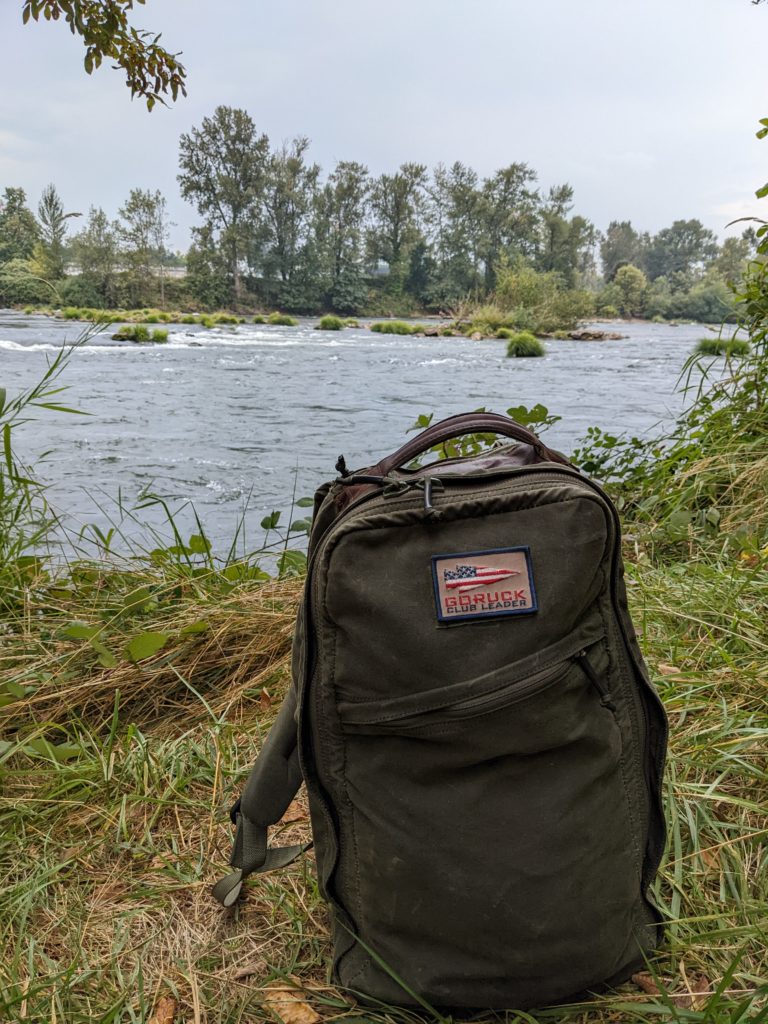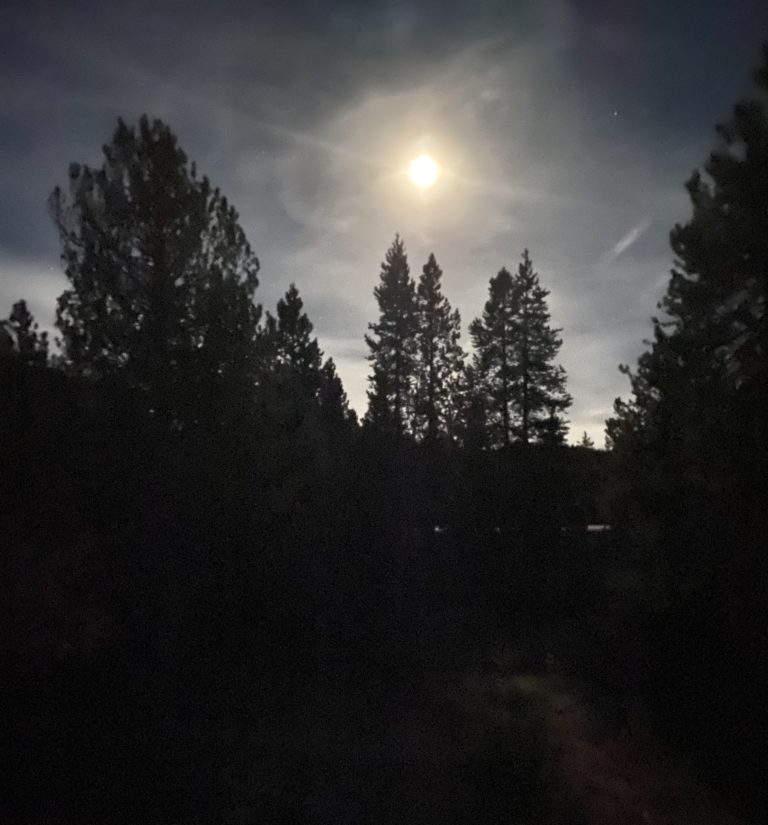Autopilot: 1 Way to Miss Your Adventure

We walked out of the bustling hotel lobby into the stillness of a crisp mountain morning. It was the end of September, well into the annual elk rut. Gone was the previous evening’s circus of bull-horn-brandishing rangers trying to keep space between territorial bulls and camera-wielding tourists. This new day was calm and quiet. My husband and our oldest were hiking Bunsen Peak. Although our morning plan to explore the Mammoth Hot Springs area was considerably less physically demanding, the younger two kids and I faced a challenge of our own: walking the gauntlet between the hotel and the chapel.
The chapel is a remnant of the army era, the days when the park was known as Fort Yellowstone. Another remnant the army left behind is the parade grounds in the middle of the settlement. Drawn to parade ground’s lush grass, elk reside year-round at Mammoth. Cows tuck their calves between and under cars, bed down behind bushes and beside porches, graze in the open and around blind corners. During the rut, the local dominant bull patrols the area—corralling his harem, watching the everpresent hopefuls lurking in the fringes, sparring with the ones brave enough to fight to take his place. Occasionally, he turns his territorial drive toward vehicles that linger too long and pedestrians who venture too close.
“Don’t worry. I won’t risk our lives to get there,” I told the kids as we set off down the sidewalk.
Of all Yellowstone’s developments, Mammoth most closely resembles an actual town. Beyond the expected hotel, store, gas station, and post office, there’s also a medical clinic, a federal courthouse, and historic homes with welcoming porches that front one of two main roads. With its sidewalks and stop signs, it feels familiar—civilized and safe.
This is a problem.
It’s a problem because I forget. I forget the weight of where I am. Before long, I’m walking on autopilot, oblivious to the fact that the presence of a sidewalk doesn’t take the wild out of wildlife.
So there I was. Walking on autopilot. Leading my kids through a strung-out elk herd. During the rut. The scat ground into the cement should have reminded me of that. But, comfortable on my sidewalk in the wilderness, I was already too far gone.
“There’s the bull, Mom,” my daughter pointed out.
I rallied enough to see that yes, there he was—standing in the center of the lawn between the last house and the chapel. Instead of backing away, I simply switched our trajectory. We left the sidewalk, crossed the road, and walked the remaining few yards along the edge furthest from the bull. And then we crossed back over.
“I thought you said we weren’t going to risk our lives,” my daughter said as we climbed the chapel stairs.
“We didn’t,” I started. Then I remembered my delusional thinking about sidewalks and realized what I had done. “Sorry.”
This isn’t entirely dissimilar to how I live my life. And this is a problem because the attention I give to the path I’m walking—at home, at work, in the wilderness, or in-between—determines how I’ll negotiate the topography of the day.
Maybe you can identify.
Perhaps it’s the familiarity of the landscape of our lives that lulls us into believing we can walk through life on autopilot without consequence, that we’ll arrive at our desired destination without catastrophe. Regardless, it’s a risk—one we may not even know we’re taking. Autopilot numbs our wits and, as William Wallace said in Braveheart, we absolutely “must have them all.” We can’t afford to abdicate navigational control and live distracted lives. The attentiveness we cultivate in the small moments is what we’ll bring to the big ones. And the faith muscles we build in the landscape of the daily grind are the ones we’ll have when the terrain gets tough.
Our attention is vital to building those muscles.
“Look carefully then how you walk,” Paul wrote to the Ephesians, “not as unwise but as wise, making the best use of the time, because the days are evil. (Ephesians. 5: 15-16 ESV) Walking this way may not come naturally. It may not be easy. But it is possible. We can walk as the wise. We can look carefully. We can shut down autopilot and take up navigational control. Not because we’re strong enough to gut our way through the battle for attention but because of Christ in us. That’s our hope.
If ever there was a fitting metaphor for life, it’s the trail. There are a lot of hikes my husband and I want to take and some will be tough. So we choose them carefully. We prepare. We alternate between heavy hiking days and lighter ones—all in the name of getting there. Unlike the trail, life doesn’t offer the luxury of choosing what terrain we’ll take on, when. If we walk through it on autopilot, we might miss what we’ve come to see. We might not make it at all.
An adventurous life is lived one challenge at a time. Some we choose. Others we face. How we walk through them is up to us. Have you been traveling the terrain of your life on autopilot? You’re not alone. Retaking navigational control–just like taking that hike, learning that skill, initiating that tough conversation—is a challenge. And like those challenges, it’s one worth choosing.
Photo Credit: Aron Visuals from Unsplash.







